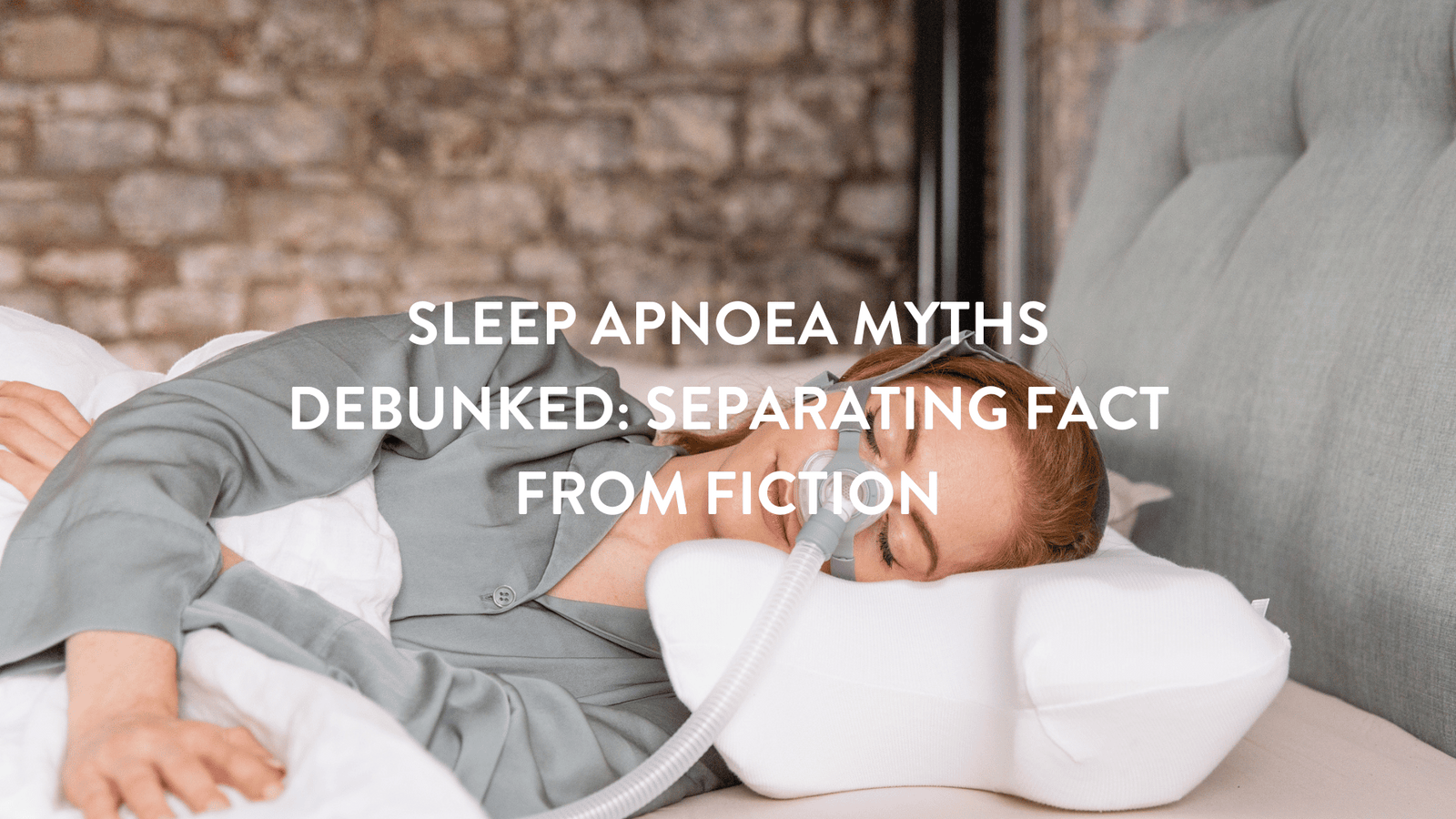
Sleep Apnoea Myths Debunked: Separating Fact from Fiction
Myth 1: Only Older, Overweight Men Get Sleep Apnoea
Fact: While it's true that sleep apnoea is more prevalent in older men and those with a higher body mass index (BMI), it can affect anyone, including women and children. Factors such as;
- family history
- nasal congestion
- smoking
- use of alcohol
All of the above can also increase the risk, regardless of age or gender.
As a result of this sleep apnoea in children and women is generally under diagnosed. If you suspect sleep apnoea be sure to ask your GP regardless of sex, age or BMI... it could make a BIG difference.
Myth 2: Snoring Equals Sleep Apnoea
Fact: Although snoring can be a sign of sleep apnoea, not everyone who snores has this condition. Sleep apnoea involves significant breathing interruptions that lead to decreased oxygen levels in the blood, while snoring is simply the sound of vibrating tissues in the throat.Myth 3: Sleep Apnoea is Just a Bad Case of Snoring; It’s Not Serious
Fact: This could not be further from the truth.
Sleep apnoea is a serious medical condition that can lead to;
- heart disease
- high blood pressure
- stroke
- diabetes
- depression
If untreated the above conditions can result is serious chronic conditions. The repeated oxygen deprivation and sleep fragmentation associated with sleep apnoea have significant health implications.
Myth 4: If You Have Sleep Apnoea, You Will Know
Fact: Many people with sleep apnoea are unaware of their condition. Since the symptoms occur during sleep, it's often a partner or family member who first notices signs like snoring or periods of stopped breathing.
Common markers are snoring, gasping for breath in the night and dry mouth in the morning. Whilst these symptoms are common as we discuss they are not always prevalent.
Daytime fatigue and morning headaches can also suggest sleep apnoea but are often attributed to other causes.
Always ask your GP - could it be sleep apnoea?
Myth 5: Every Individual with Sleep Apnoea Experiences Snoring
Fact: Up to 20% of diagnosed sleep apnoea patients do not display traditional snoring characteristics.
According to The John Hopkins study, the acid test for sleep apnoea, referred to as 'witnessed sleep apnoea' is when a person can physically observe a patient either gasping for breath or stop breathing.
Causes of Sleep Apnoea
The most common form of the condition, Obstructive Sleep Apnoea (OSA), occurs when the muscles in the throat relax too much during sleep, blocking the airway. Central Sleep Apnoea, less common, happens when the brain doesn't send the right signals to the muscles that control breathing.
Risk factors include obesity, genetics, certain physical traits (like a narrow airway), smoking, childhood and alcohol use.
Treatments for Sleep Apnoea
Lifestyle Changes
For mild cases, lifestyle changes such as losing weight, quitting smoking, and sleeping on one's side can significantly improve symptoms. Choosing the right sleep apnoea pillow can be the only change you need.
Continuous Positive Airway Pressure (CPAP)
The most common treatment for moderate to severe sleep apnoea, CPAP machines keep the airway open by providing a steady stream of air through a mask worn during sleep.
Bi-level Positive Airway Pressure (BPAP)
Bi-level Positive Airway Pressure (BPAP) is a type of respiratory therapy that provides two levels of pressure to individuals during sleep.
It's commonly used to treat sleep apnea, particularly in cases where Continuous Positive Airway Pressure (CPAP) therapy has not been effective or is poorly tolerated.
Unlike CPAP, which delivers a constant stream of air at a single pressure, BPAP devices supply air at a higher pressure when the user inhales and switch to a lower pressure upon exhalation. This dual-pressure system can make breathing feel more comfortable and natural for some users.
Oral Appliances
These devices, designed to keep the throat open, are an option for those who cannot tolerate CPAP.
They're particularly effective for mild to moderate sleep apnoea.
Surgery
In cases where other treatments have failed and the apnoea is due to a physical obstruction, surgery might be considered to remove or shrink the obstructing tissue.
Positional Therapy
For individuals whose sleep apnoea is position-dependent (worse when lying on the back), positional therapy can encourage sleeping in a different position.
For those experiencing sleep apnoea primarily when lying on their back, positional therapy offers a simple yet effective solution. By encouraging a different sleeping position, it can significantly alleviate symptoms.
Putnams' range of specially designed pillows and supports are crafted to facilitate this change comfortably, ensuring you maintain the optimal position throughout the night for a restful sleep.
Explore our products tailored for positional therapy and discover how they can transform your sleep experience.
Putting Sleep Apnoea Myths to Bed
Sleep apnoea is a complex and wide ranging condition, but understanding the facts can empower individuals to seek appropriate treatment.
By debunking these common myths, we hope to raise awareness and encourage those affected to take steps toward a healthier, more restful night's sleep. If you suspect you or a loved one has sleep apnoea, consulting with a healthcare provider is the best course of action. If you need to know more check ouyt the most comprehensive guide to sleep apnoea in the UK, The Sleep Apnoea Trust.
Don't forget to let us know about your experiences below. We would love to hear form you.


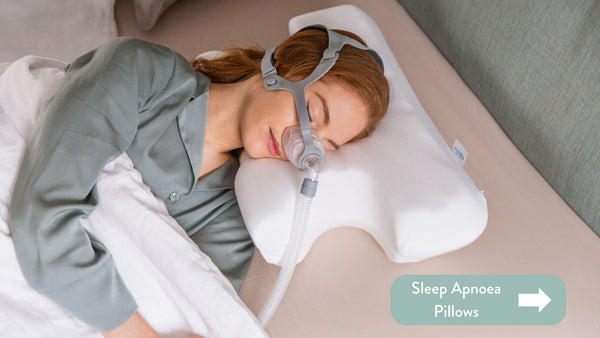
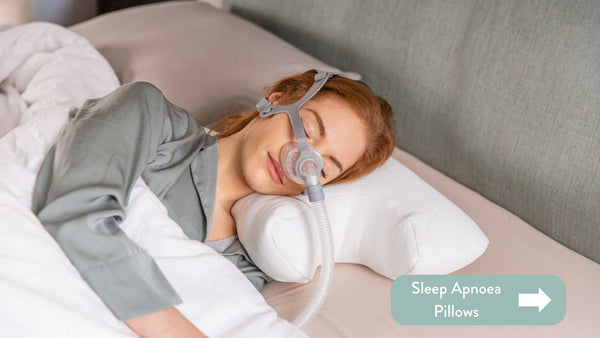

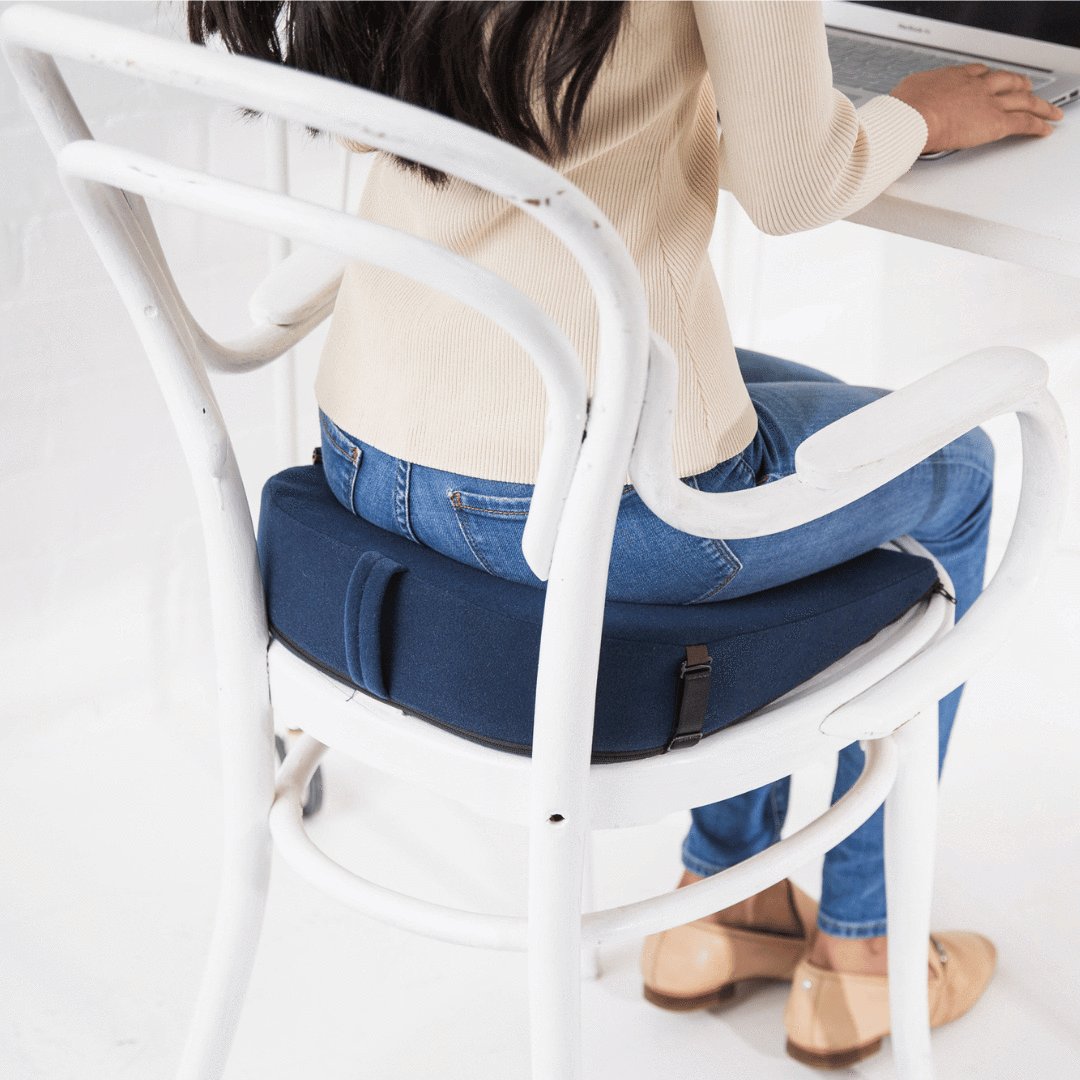
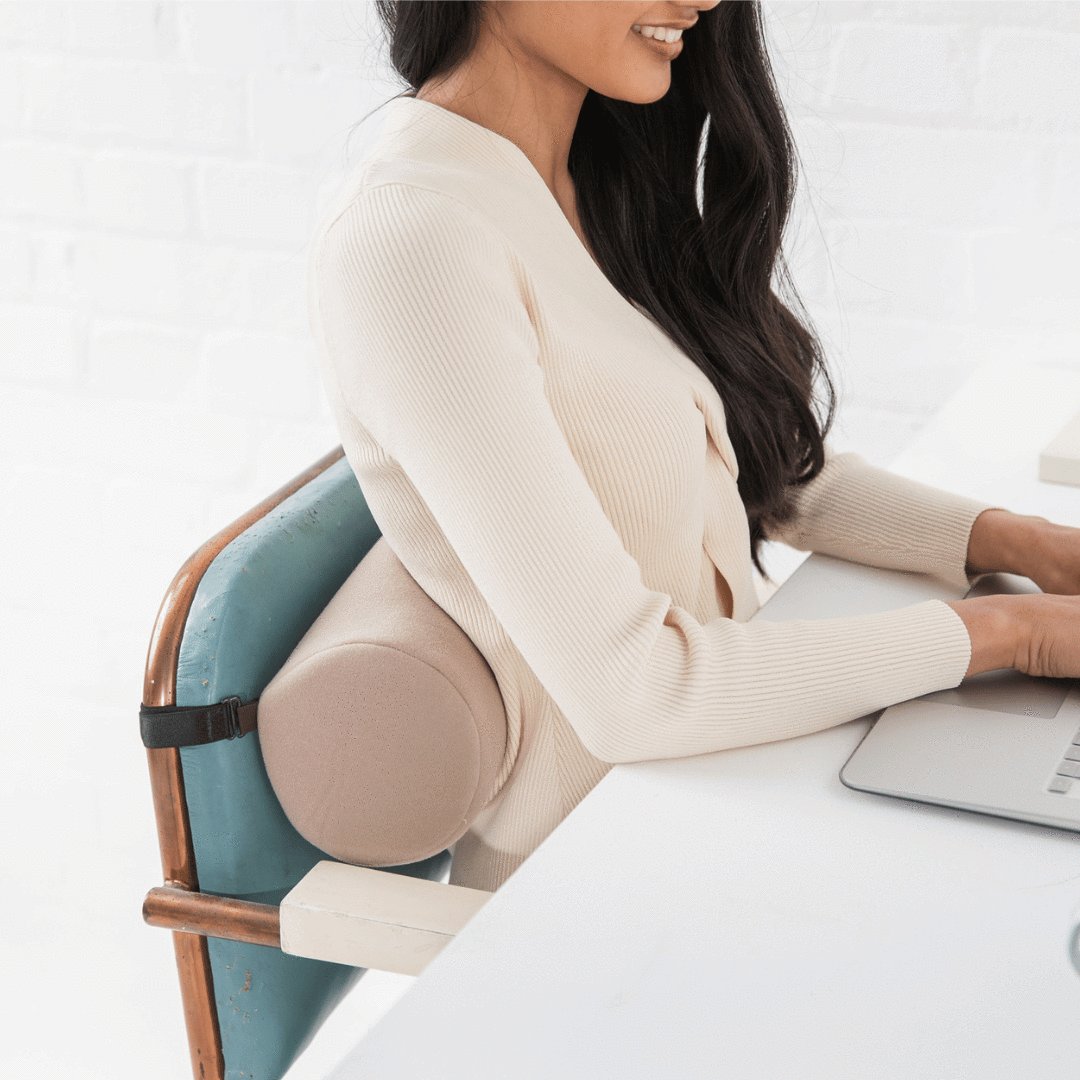



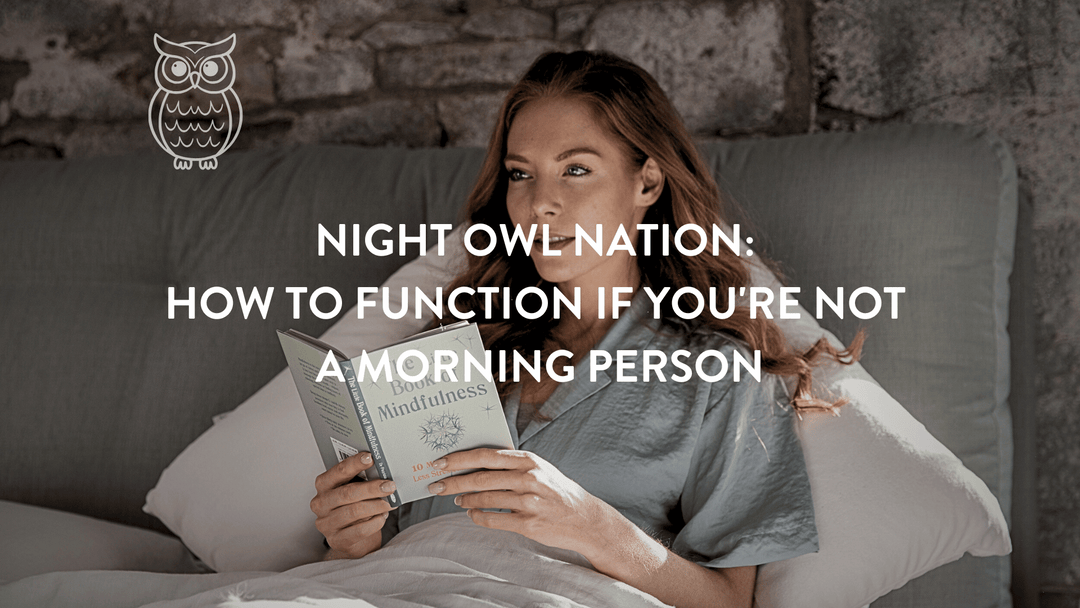
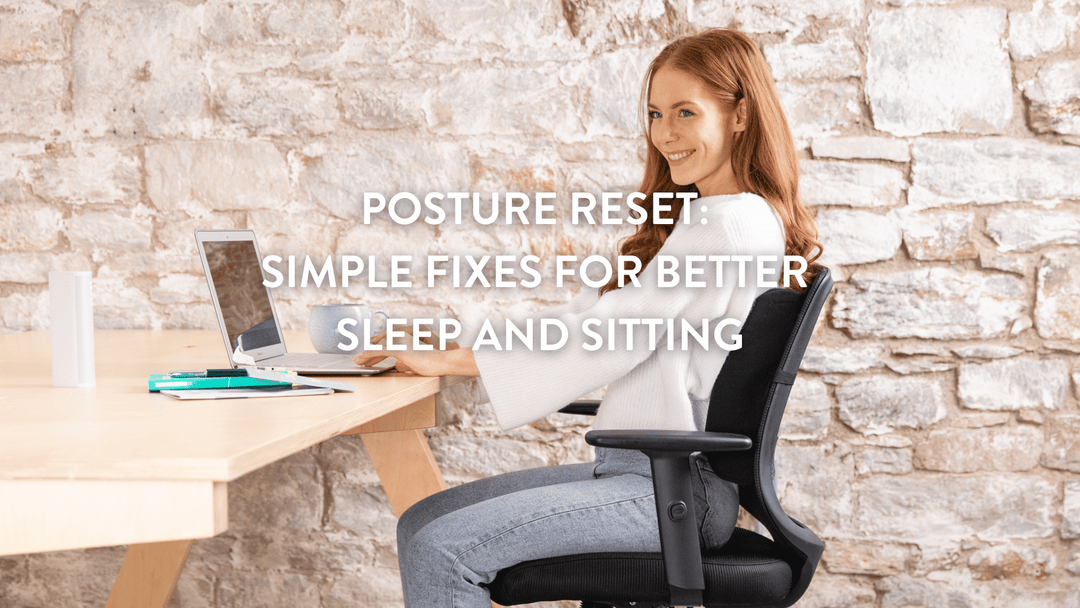
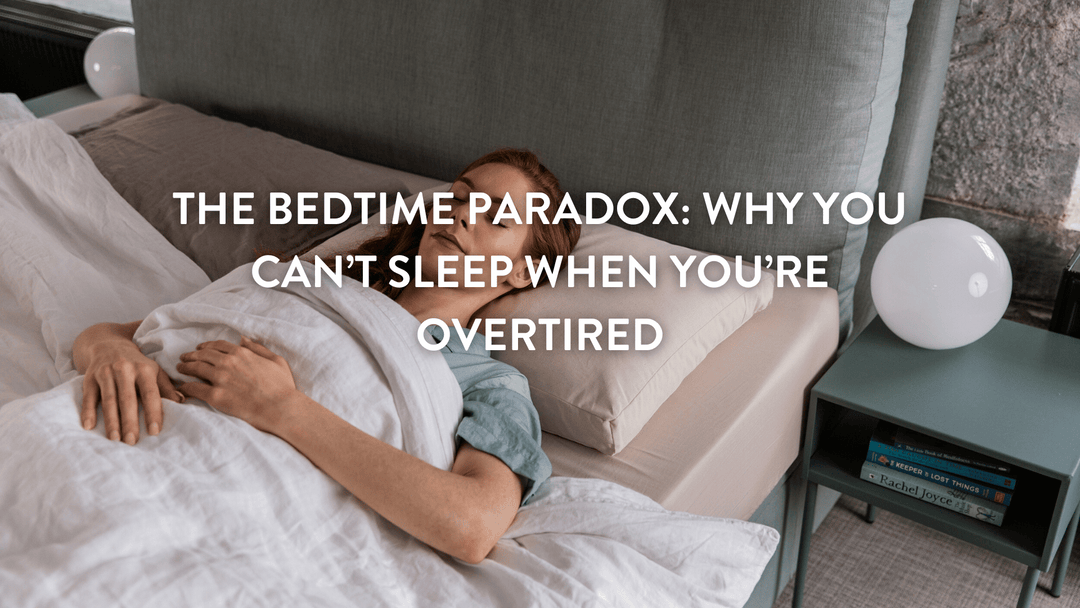
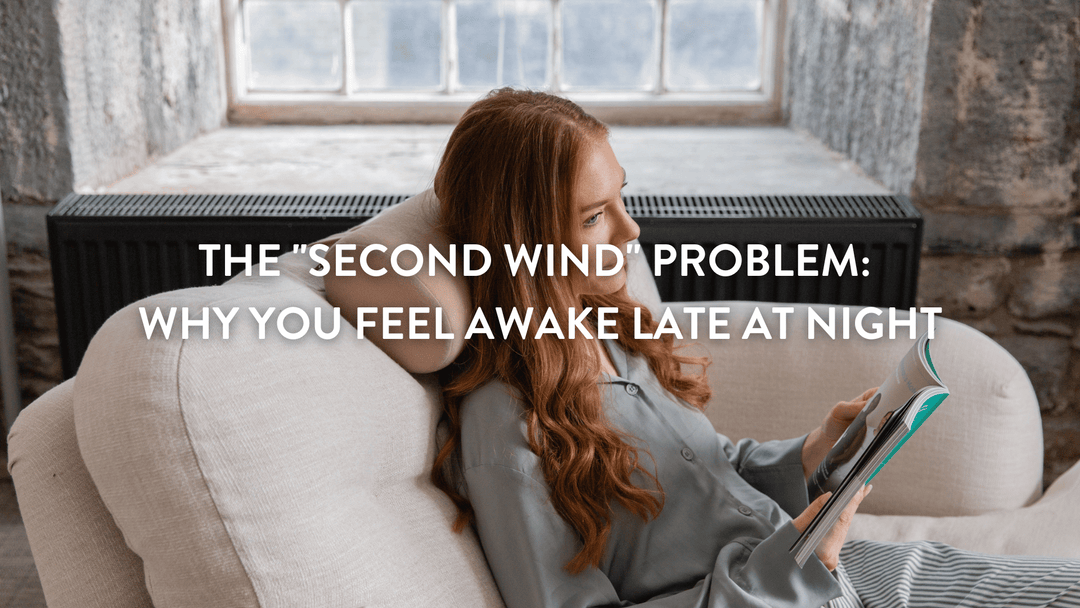
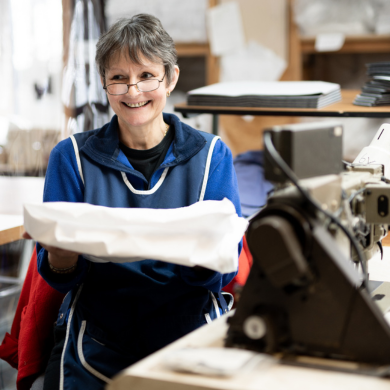
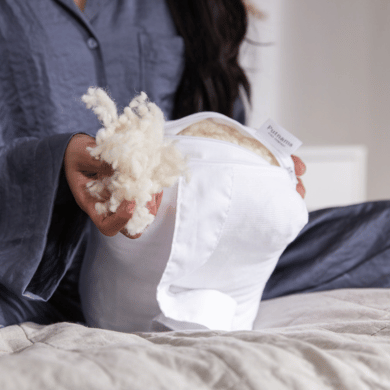
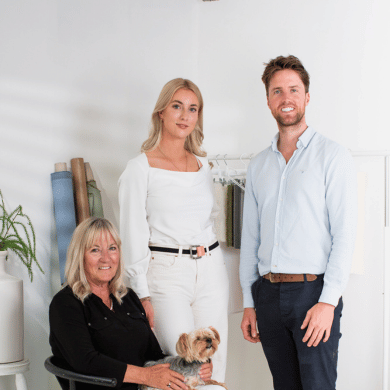
Leave a comment